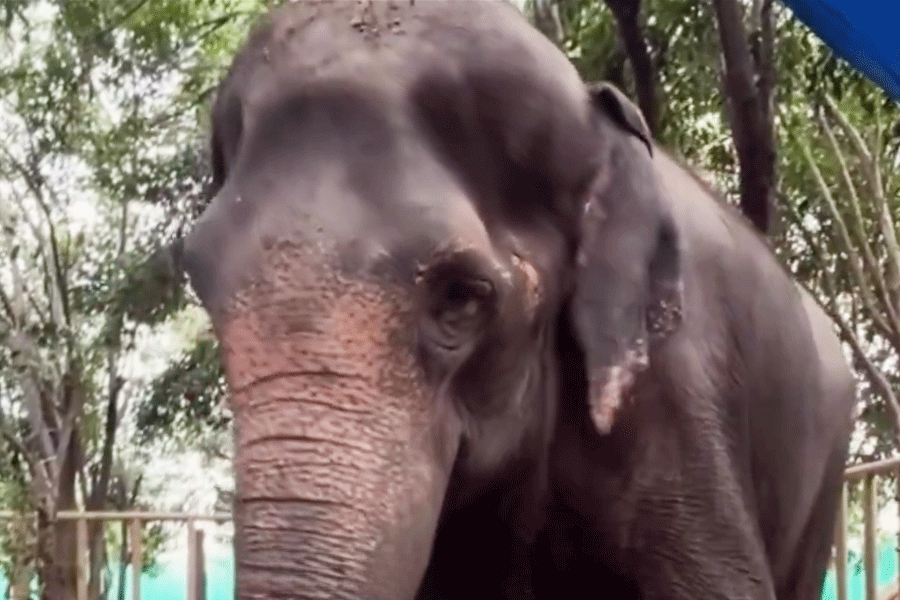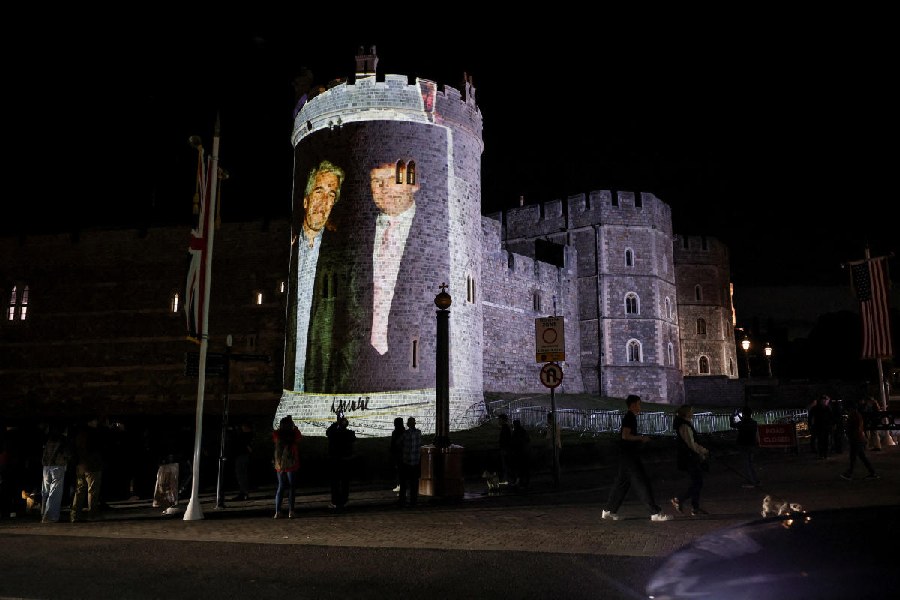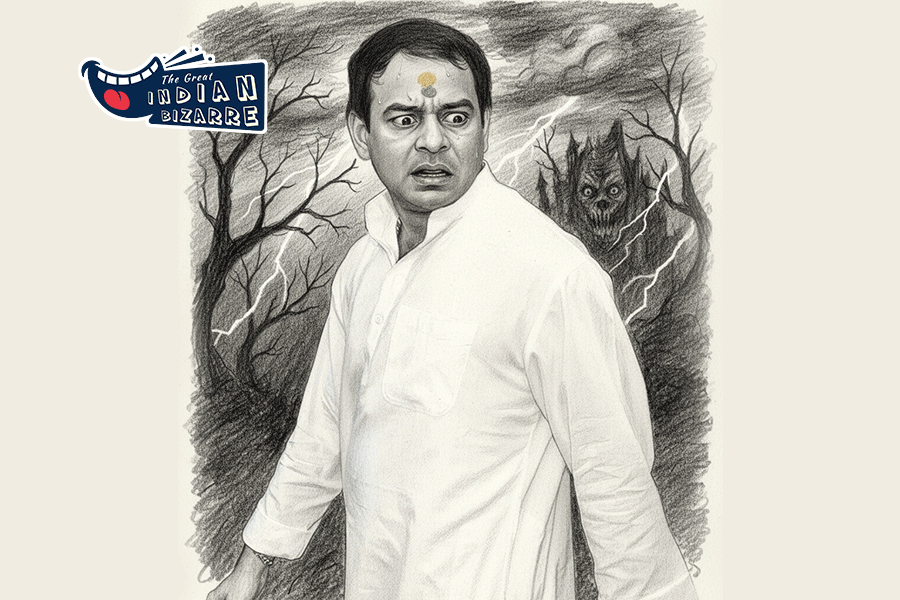Patna, Sept. 27: Aided by heavy rain around its origin and course in Nepal, the Bagmati is still flowing above the danger mark, inundating parts of at least four north Bihar districts it criss-crosses.
However, the overall flood situation in central and south Bihar has improved with huge volumes of water — discharged from the Rihand and Vansagar dams in Uttar Pradesh and Madhya Pradesh in the Sone — receding fast.
What has added to the improvement in the situation is the reduction in the rainfall with the meteorological office director, Animesh Chanda, predicting light to moderate rain in the state’s northern and northeastern districts in the coming 24 hours.
Experts at the Rajendra Agriculture University, Pusa, said there would be no significant rainfall after tomorrow with the northwest monsoon withdrawing from the region.
But the people of north Bihar’s Darbhanga, Madhubani, Muzaffarpur and Sitamarhi districts are yet to get respite with the Bagmati flowing abo-ve the danger mark at Benibad on the Darbhanga-Muzaffar-pur border and its waters spilling onto the National Highway-77. Congress leader from Darbhanga Sudhakar said movement has been snapped on NH-77 with water overtopping its 7km stretch.
What has added to the anxiety in the four districts is the torrential rain in the Bagmati basin in Nepal. Sources revea-led Kathmandu and Dhankatti, settled in Bagmati’s catchment areas in the Himalayan country, recorded 89 and 23mm rainfall yesterday, adding to the pressure on the river.
Public relations officer, water resources department, Shubchandra Jha said that the Sone today was left with over three lakh cusecs of water discharge against over nine lakh cusecs yesterday. The reduction in the water level in the Sone has also eased the pressure on Ganga banks.
As a result, the water that flooded central and south Bihar districts of Gaya, Aurangabad, Rohtas, Bhojpur, Kaimur, Arwal and Jehanabad is getting sucked back to the river. Sources in the water resources department said the embankments on all the rivers across the state were “safe” with round-the-clock patrolling going on.











